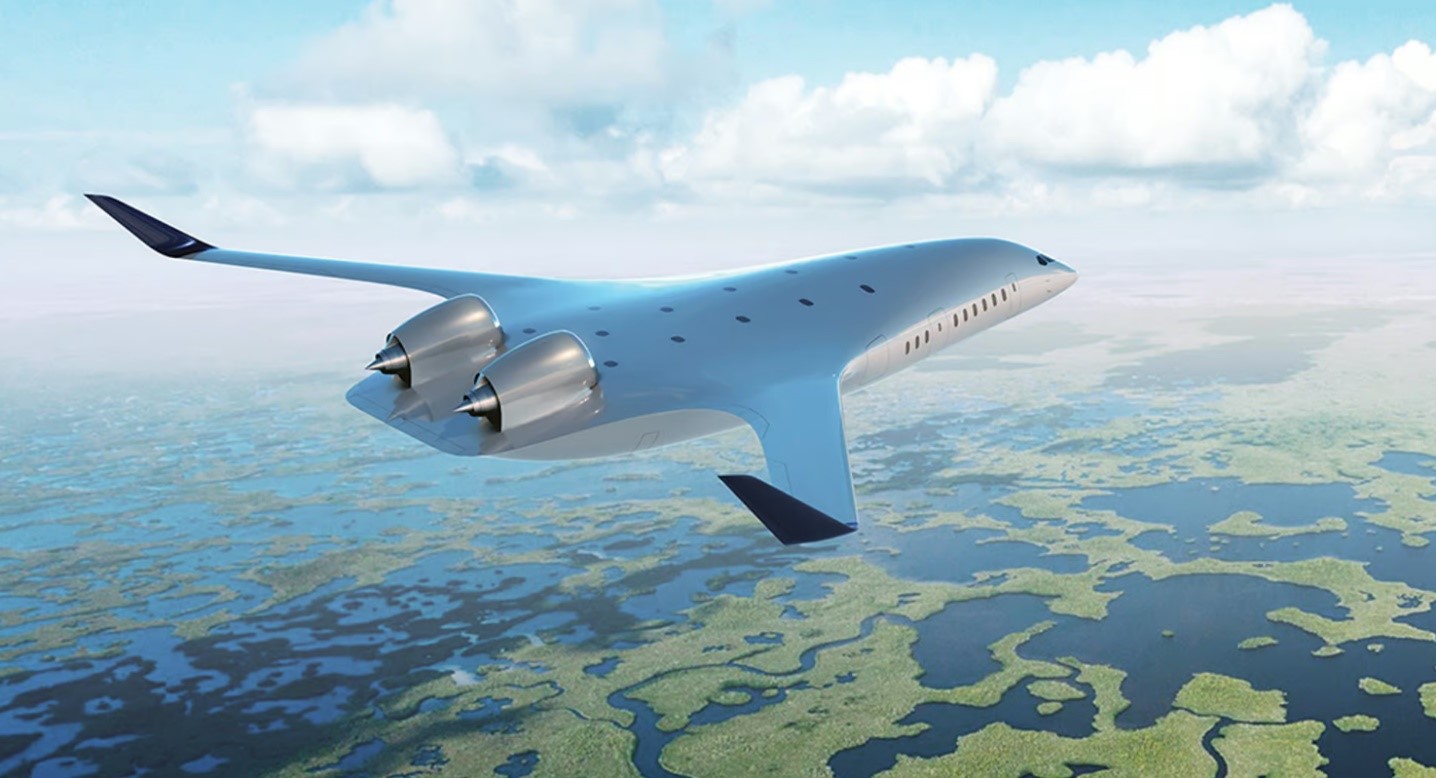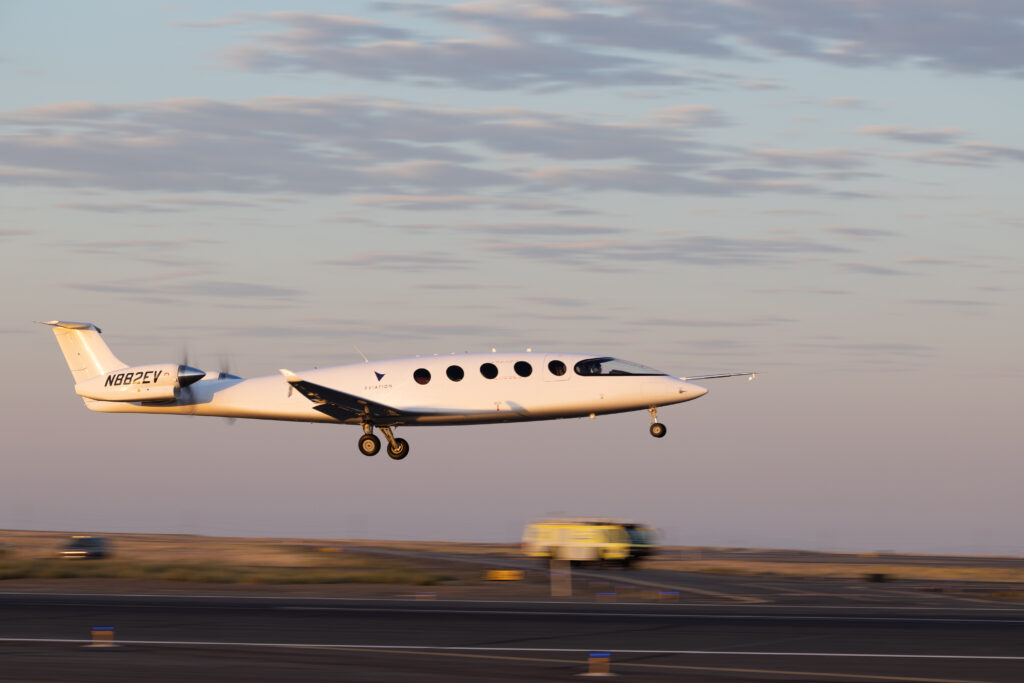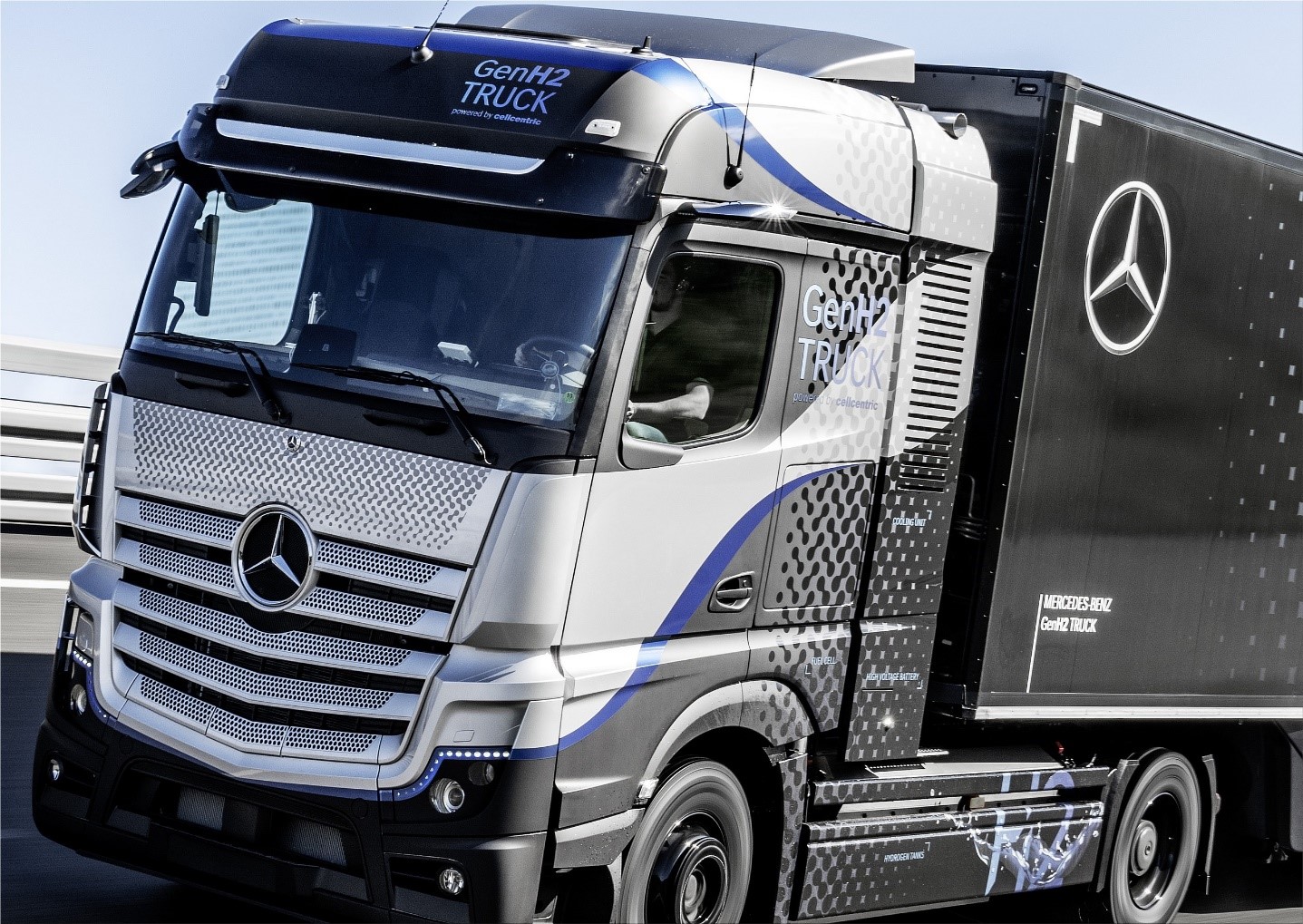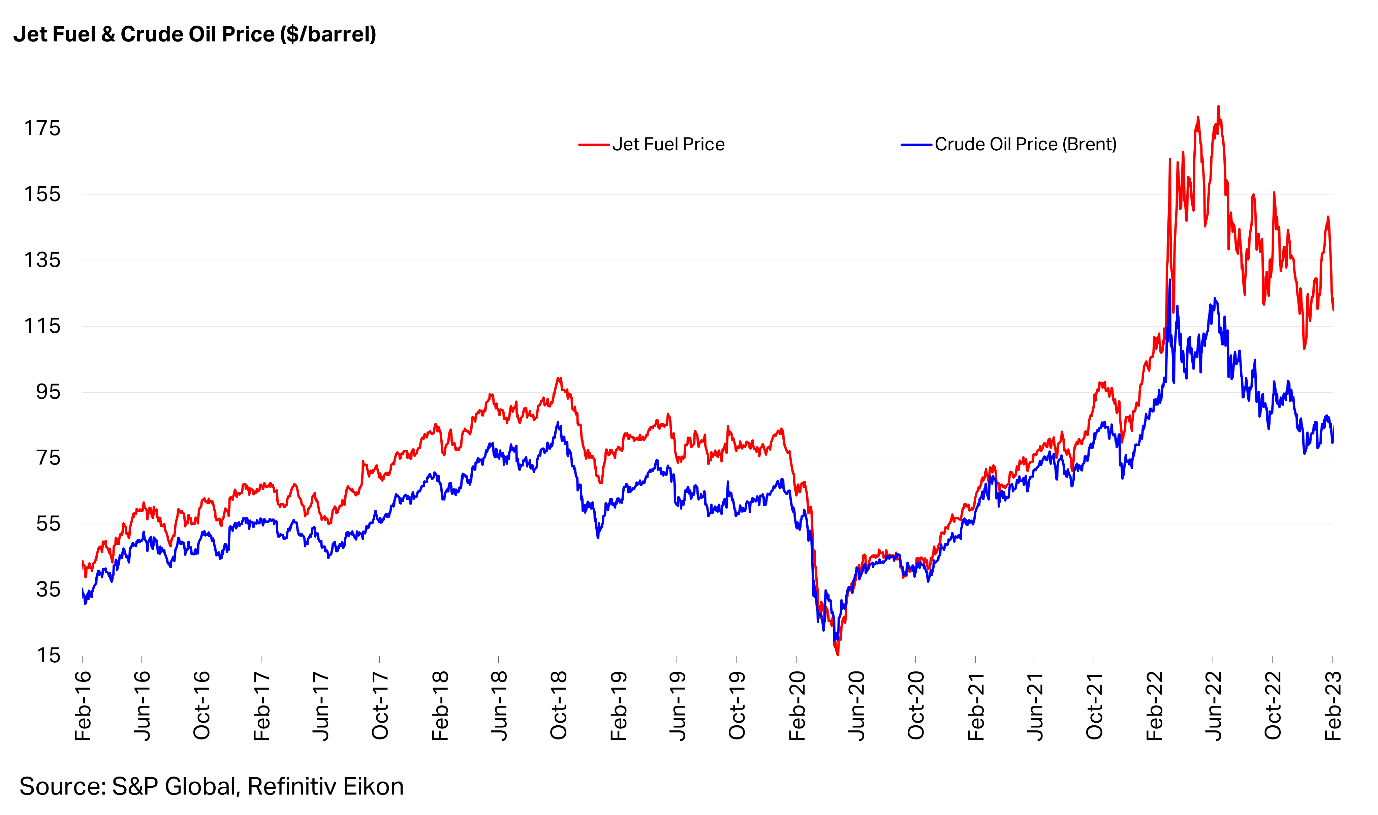Leeham News and Analysis
There's more to real news than a news release.
The Small Airliner Problem, Part 7. How affected are Green airliners?
Subscription required
By Bjorn Fehrm
June 8, 2023, © Leeham News: We have analyzed the costs factors that make up Cash Operating Cost, COC (Fuel, Maintenance, Airway/Airport fees, Crew costs), and how these vary with different size airliners. The aim was to search for fundamental trends and if these disadvantaged a smaller airliner versus a larger one.
We found that a smaller airliner (we analyzed from 190 seats down to 9 seats) has structural cost disadvantages versus a larger model. The analysis was made with conventional gas turbine-propelled planes so as not to complicate the work. Now we introduce airliner types with green propulsion concepts and see if the trends stay the same or change.
Summary:
- We analyze the fundamental characteristics of a hybrid 30-seat airliner and compare it to the conventional airliners we characterized in the series.
- The negative cost trend for smaller airliners worsens for a battery or hybrid airliner.
Bjorn’s Corner: New aircraft technologies. Part 14. Airframe for lower friction drag
May 26, 2023, ©. Leeham News: This is a summary of the article Part 14P. Airframe for lower friction drag. The article discusses in detail a Blended Wing Body (BWB) type airframe and how it reduces the wetted area and, thus, air friction drag compared to a conventional tube and wing airframe.
The Small Airliner Problem, Part 3
Subscription required
By Bjorn Fehrm
May 4, 2023, © Leeham News: In our series about the viability of the business plans for small airliners (nine to 50 seats), we have covered how energy and fuel consumption scales with the size of the airliner.
The cost factor we examine today is the maintenance cost for keeping an airliner fit for purpose and safe.
We use the Leeham aircraft performance and cost model to get the data for the maintenance costs for airliners going from nine to 200 seats.
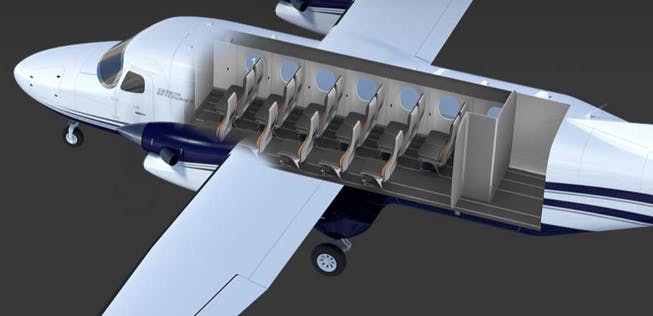
Figure 1. The Cessna Sky Courier is a new 19-seat small airliner with conventional propulsion. Source: Textron Aviation.
Summary:
- The maintenance costs of an airliner scale differently from the energy and fuel consumption we studied last week.
- We discuss the scaling metrics for the airframe maintenance costs and how these differ from what drives engine maintenance costs.
Alaska Airlines announces hydrogen-electric partnership with ZeroAvia

VIPs were on hand Monday at a hangar on Paine Field as Alaska Airlines and ZeroAvia announced that the airline had donated one of its recently retired de Havilland Dash 8 Q400 aircraft to be a testbed for ZeroAvia’s new hydrogen-electric propulsion systems./Bryan Corliss photo
By Bryan Corliss
May 2, 2023 © Leeham News – Two-and-a-half years ago, a hydrogen-powered regional aircraft for Alaska Airlines was a caffeine-fueled brainstorm, the airline’s head of development said.
Two-and-a-half years from today, the flight of this kind of plane may be close to becoming reality.
That’s how fast the technology is evolving, said Pasha Saleh, who manages Alaska Air Group’s Star Ventures investment fund.
The fund is one of the investors in ZeroAvia’s effort to develop a hydrogen-electric turboprop motor strong enough to power regional aircraft. On Monday, ZeroAvia and Alaska unveiled the de Havilland Dash 8 Q400 that will be the testbed for the project.
VIPs touted the Alaska-ZeroAvia partnership for building the “world’s largest hydrogen-powered commercial aircraft.”
The goal is to have small aircraft with hydrogen-electric motors flying as soon as two years from now, said ZeroAvia CEO Valery Miftakov. “It’s quite aggressive targets that we have, but it can work.”
- ZeroAvia gives 1.8 MW engine a spin
- Alaska sees hydrogen as an option on regional routes
- ZeroAvia envisions producing green hydrogen at airports
- VIPs laud progress on hydrogen flight
- WA Gov. confirms retirement, hints at future
The Small Airliner problem, Part 2
Subscription required
By Bjorn Fehrm
April 27, 2023, © Leeham News: We started a series about the viability of the business plans for small airliners (nine to 50 seats) last week in the light of a continuing decline of regional airlines in the US and Europe.
To understand whether fundamentals are stacked against small airliners, we look at operational cost factors and how these scale with aircraft size. Then we add the revenue and yield and discuss the conditions for viable business plans for different size aircraft.
This week we use the Leeham airliner performance and cost model to compare the airframe energy and fuel consumptions for airliners spanning nine to 200 seats.
Summary:
- On an airframe energy level, a smaller airliner consumes more energy per transported passenger than a larger one.
- If we change the metric to propulsion energy consumption, the trend is augmented as small propulsion solutions are less efficient than larger ones.
Embraer deliveries surge; executives proclaim rebound from Covid, failed merger
By Bryan Corliss
Subscription required
March 13, 2023, © Leeham News — Embraer executives said last week that the company is on a flight path to growth after weathering two major storms in 2020.
 “As we have said, since 2020, the 2021 and 2022 years would be dedicated to the business recovery after two simultaneous crises – the pandemic and the end of the Boeing deal – and the focus will be on growth from 2023,” Embraer CEO Francisco Gomes Neto said Friday.
“As we have said, since 2020, the 2021 and 2022 years would be dedicated to the business recovery after two simultaneous crises – the pandemic and the end of the Boeing deal – and the focus will be on growth from 2023,” Embraer CEO Francisco Gomes Neto said Friday.
“We can now state we have fulfilled what was promised,” he continued. “The business turnaround was completed in 2022, and we are ready to start a new growth phase.”
Embraer still faces “supply chain challenges this year,” he acknowledged, “but we are optimistic about the company’s future in terms of revenue growth and profitability.”
Neto made the declaration as his company reported delivering 80 regional and executive jets in the fourth quarter of 2022, which was roughly half of the total deliveries for the year.
The company reported earnings before interest and taxes of US $166.2 million for the quarter, which was 196% better than its earnings in the same quarter of 2021.
- Embraer sees orders recovery
- China is one of two promising markets
- Business jet market ‘very robust’
- Continued investment in decarbonization
Read more
Bjorn’s Corner: Sustainable Air Transport. Part 58. Summary Part 2.
February 17, 2023, ©. Leeham News: Last week, we summarized that SAF is the short-term solution for GreenHouse Gas (GHG) reduction for Air Transport, and hydrogen is the longer-term solution for up to medium-haul flights.
What about battery and hybrid aircraft? It’s the go-to solution for ground transport (except for long-haul trucks, which are going hydrogen, Figure 1)?
What is the ticket price influence of SAF? Part 2
Subscription required
By Bjorn Fehrm
Feb. 16, 2023, © Leeham News: Last week, we looked at the ticket price influence if airline fuel costs would increase going forward, either through increased use of Sustainable Aviation Fuel, SAF, or higher environmental emission fees.
We realized that ticket prices have other parts than fuel and aircraft-related costs. For instance, an airline has sales and marketing, administration, and airport ground staff. We got an overview of such cost parts depending on whether the airline was a mainline carrier or a Low-Cost Carrier (LCC).
Now we use this knowledge and our airliner performance and cost model to check the influence of varying fuel and emission costs on ticket prices going forward.
Summary:
- We check the influence of SAF blends and EU emission permits on end-of-decade energy costs.
- Then we discuss how increased flight energy costs can influence ticket pricing.
What would be the ticket price influence of SAF?
Subscription required
By Bjorn Fehrm
Feb. 9, 2023, © Leeham News: I have the last weeks described the difference between Jet fuel and SAF, or Sustainable Aviation Fuel, in my Friday Corners. We could see it has emission advantages compared with fossil Jet fuel that goes beyond the CO2 reductions it offers.
It’s a cleaner fuel where the production methods can avoid the troublesome aromatic carbon molecules that causes soot to form in jet engine exhaust. With reduced soot, the generation of contrails reduces, which is beneficial for reducing global warming.
But we could also see that SAF should be costlier to produce as the production cycle is complete. Our fossil fuel’s raw material had their CO2-absorbing plant growth millions of years ago.
So, if we mix SAF into Jet fuel at different ratios, what will be the effect on ticket prices? How much more expensive would flying be when we use SAF or other measures like CO2 emission taxes are introduced? We use our airliner performance and cost model to find out.
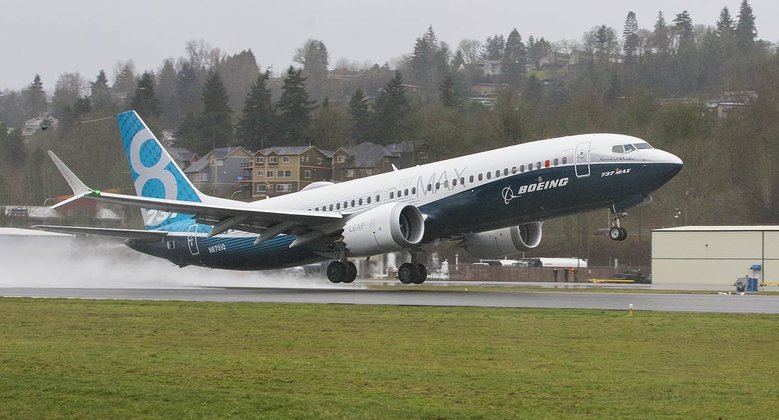
Figure 1. The typical short to medium-haul airliner, 737 MAX 8, we use in our calculations. Source; Leeham Co.
Summary:
- In addition to the aircraft operating costs, we must add other airline costs to understand ticket prices.
- Then we must look at the effects of revenue management and the type of flight, domestic or long-range.
Bjorn’s Corner: Sustainable Air Transport. Part 56. SAF non-CO2 effects
February 3, 2023, ©. Leeham News: We’ve gone through the composition of Sustainable Aviation Fuel, SAF, its production, and its cost. We’ve also discussed its effect on CO2 emissions from Air Transport.
An important part of SAF’s advantages is its effect on non-CO2 emissions. It stems from its low content of Sulphur and Aromatic hydrocarbons.




